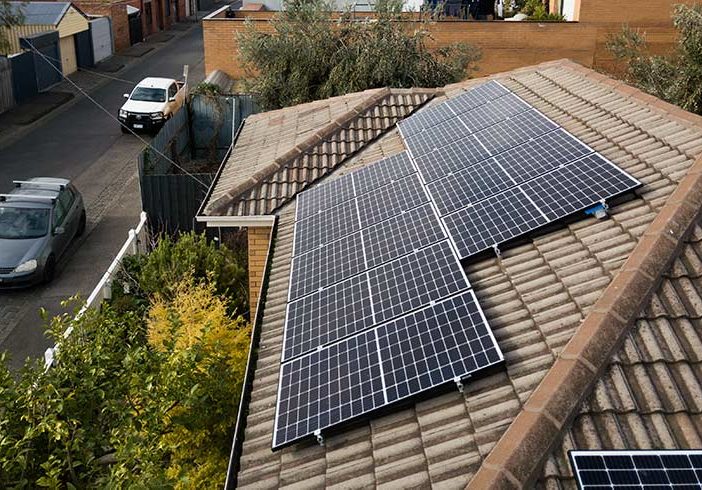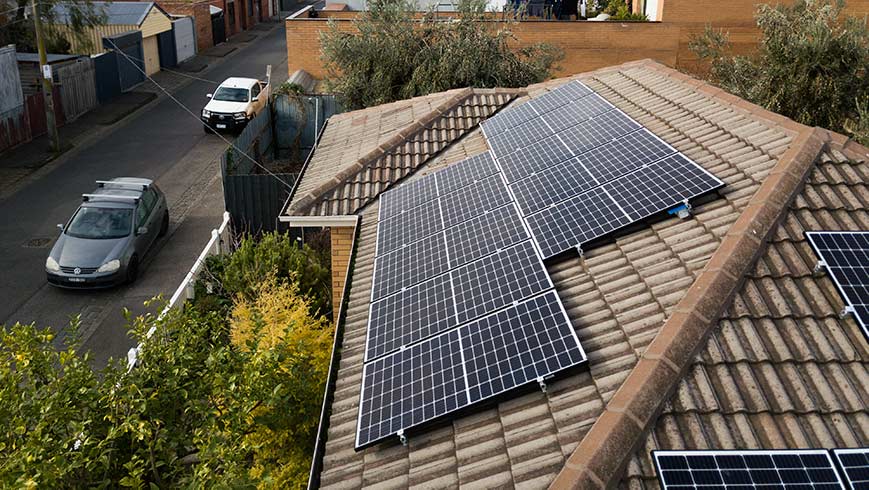
The Coronavirus created a great deal of uncertainty in the Australian solar market. At one point people wondered whether lockdown might prevent solar installations from occurring altogether. We appear to have dodged that bullet, but not unscathed.
Now, as restrictions appear to be lifting, we take a look at solar market data to reveal what’s happening in the market.
As SunWiz has been reporting in its Insights and PV Insider subscriptions, Covid-19 hasn’t dampened the rate of solar systems registering for STCs. Far from it – there was a monthly record volume of PV installed in March 2020; a record that was set concurrently in every major Australian state.
STC registrations do lag behind physical system installation, so is it possible that March’s data was just a pre-COVID artifact?
We wouldn’t be surprised if solar companies concentrated upon cashflow and minimising WIP as the economy went into lockdown. Companies could have sped up the processing of STCs, and caught up on a backlog of paperwork.
Such a theory could hold true for March, but not indefinitely. Indeed, April’s national figures were 11% down on March.
Might this indicate a solar industry slowdown?
Not really much of a slowdown. April 2020 was still the nation’s second-best month on record. The chart above also reveals the dip that occurs in each April, due to the Easter holidays and Anzac Day. This year’s 11% downturn was smaller than the 14% downturn we recorded in recent years.
So, the monthly STC market isn’t revealing any significant slowdown as yet. (We are starting to see the weekly figures ease back, but it’s too soon to call it a trend.)
But this doesn’t tally with the word on the street. Some solar businesses are reporting their volumes are holding up, and revenue is up because of increased battery sales. But plenty of solar businesses have shut their doors, even if temporarily.
Some have suggested that companies are just running down their installation backlog, so while installation volumes may be strong, the pipeline isn’t being replenished by new solar sales.
What about the input end of the sales pipeline?
So STC data reveals that installations are holding up well, for the time being at least. But many companies reported that leads evaporated when Covid-19 restrictions hit.
Understandably, solar wasn’t the first thing on people’s minds during a health pandemic and economic lockdown. So, what volume is flowing into the sales pipeline? Data on solar lead generation tells an interesting story.
The panel below shows two charts of lead generation data.
The first is the volume of google searches for ‘solar’ in Australia. You can see interest plunged as the pandemic hit. But it has recovered to levels that are better than April in any previous year.
The second chart shows SolarQuotes Volumes in late April 2020 and 2019. Lead levels are at far higher levels than last year.
That’s Leads…. what about sales?
Leads is one thing, sales is another. We don’t have a perfect view on what’s happening with sales.
The best proxy for sales we have is the volume of proposals put through SunWiz’s PVsell software.
This chart shows an index of residential proposals within SunWiz’s PVsell software. The following chart shows an index of residential sales proposal quantity put through by a sub-set of leading PVsell users.
You can see volume starting to fall in the second week of March, then a significant drop-off in customer volume starting the week 23rd March (lockdown starts) and persisting until the week of Easter.
Since then volumes have recovered to their early-March levels. However these are 12% lower than February’s levels.
Divergent experiences
So, we see the start of an overall slowdown in solar sales, that will eventually flow through to solar installation volumes.
There are some factors, including public holidays and sales seasonality (sales are reportedly softer in winter), that account for some of the slowdown, but solar sales haven’t proved to be completely immune to the pandemic.
We are, however, hearing a considerable variation in experience from company to company. Some are shutting their doors, while others are having record revenues.
To investigate, SunWiz analysed its anonymised PVsell user dataset to compare residential volumes in April 2020 versus the average of the previous 12 months, at a company level.
The median company had an April equivalent to its average month from the previous 12 months. That’s still likely a downturn on March’s volume, due to market growth over the past 12 months.
Some companies are doing much better, with 25% of companies doing almost twice the volume of proposals.
However, 25% of companies suffered a residential contraction of more than 50%.
SunWiz’s Insights Premium subscribers can also see a wide divergence of experience in company’s STC data. Some have skyrocketed in recent weeks, and some are steady. But some large players are consistently sliding.
Anecdotally, we suspect that solar companies that have better brands are doing better than small operators. It makes sense to us during economically uncertain times when countless businesses are shutting down, that customers flee from companies that look shaky.
They don’t want to lose their deposit, and want the company to still be around to honour warranties. Therefore they look to the certainty offered by a strong brand.
What you can do about it
Reduced levels of leads means you need to make every one count – now more than ever! In coming days, we’ll be posting a video on the top tips to boost sales in a remote selling environment.
In the meanwhile, if you’re on OpenSolar, sign up for our free benchmarking service, to identify the best ways your business can improve its profitability.
This article was originally published by SunWiz. Republished here with permission





